AzurPoly shows the cockpit of its Fouga CM.170 Magister in MSFS
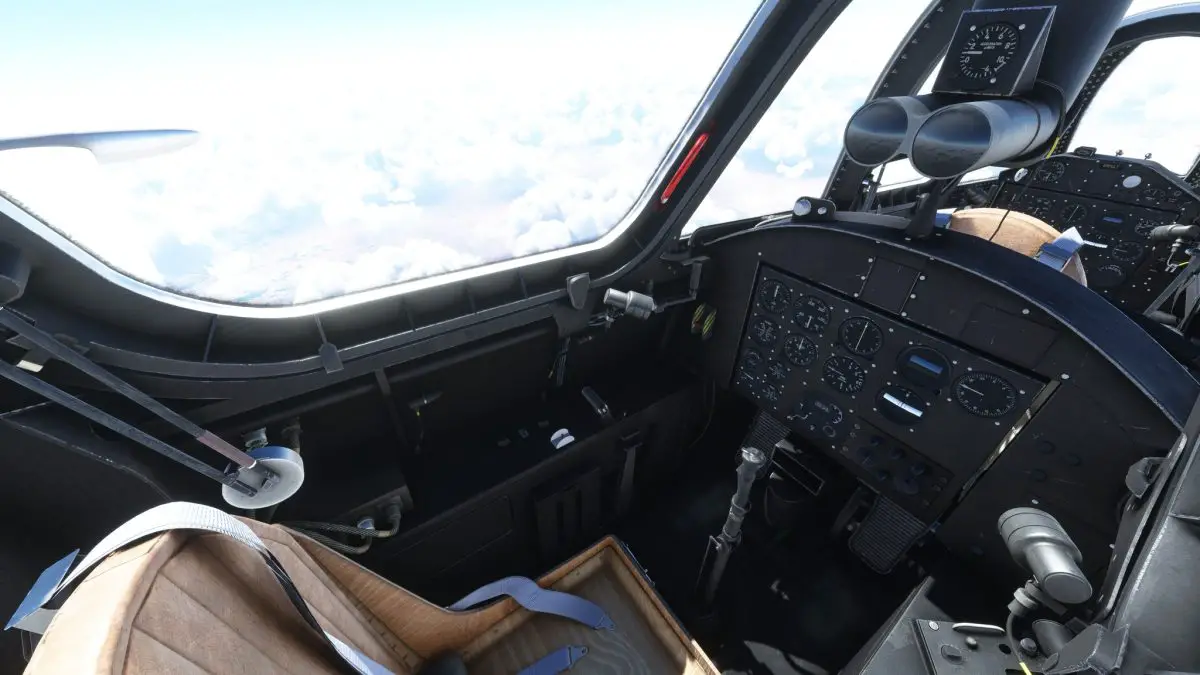
Earlier this month we reported about a new project from AzurPoly, who had announced their plans to bring to MSFS an icon of the French aeronautical industry, the country’s first jet-powered trainer aircraft: the Fouga Magister. Now, a few weeks later, we have the first cockpit images of this two-seater airplane in MSFS, and it’s looking rather promising!
Our French readers (and there are quite a few, I must say!) will be happy to know that this special airplane will soon arrive in Microsoft Flight Simulator. After the BD-5J, AzurPoly is looking to significantly raise the quality levels of its next product, pushing the realism levels further ahead than they have done before. Judging from the first previews images, the Fouga Magister appears to be on track to match those expectations, at least from a graphics point of view.
In the initial product announcement, AzurPoly said that the Fouga Magister was on a pre-alpha stage, as the developers were working on the 3D model. It’s a positive sign that just a few weeks later we are already seeing a rather impressive first look into the aircraft’s cockpit, for both front and rear pilot positions. Shared on AzurPoly’s Facebook page, these two images show an impressively detailed cockpit, with well-worn textures that are faithful to the aircraft’s old age. At this point, AzurPoly says they’re gathering the necessary information to properly build and recreate the Fouga Magister’s flight model and systems for MSFS.
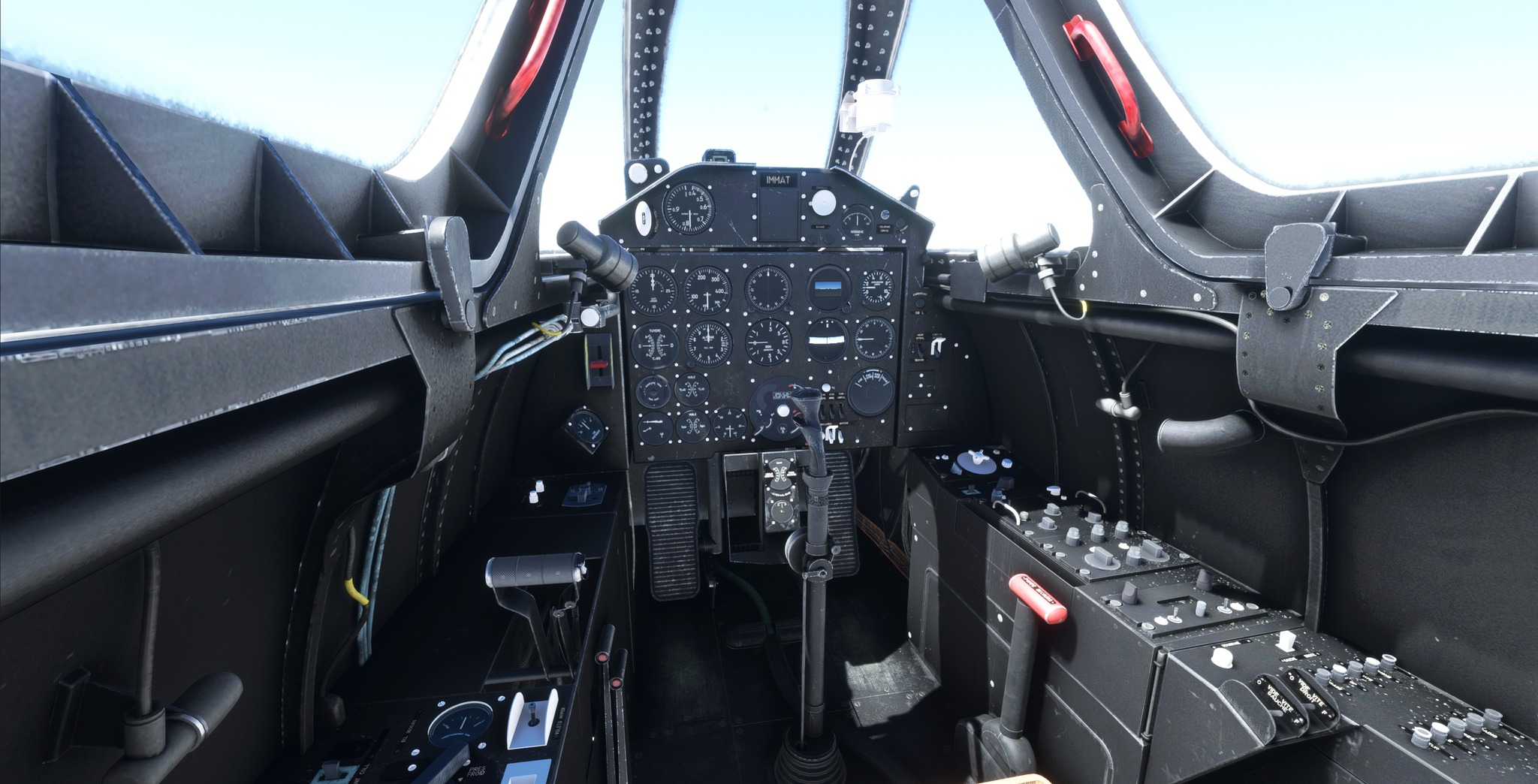
The Fouga CM.170 Magister was designed in France in the early 1950s, during a rebuilding period of the French aeronautical industry after the severe impact of World War II. Jet-powered aircraft were all the rage at the time, and the Fouga Magister ended up being selected by NATO as the most suitable trainer aircraft to get aspiring pilots from the early stages of their learnings all the way up to the preparation for single-seat fighters. This led the Fouga Magister to gain some popularity, with nearly 1000 units being built in France and more in West Germany, Israel, and Finland.
The Fouga Magister’s most distinctive feature is certainly its V-shaped tail, but the two-seater tandem configuration is what made the aircraft successful. It provided great visibility from the student seat at the front, but while the back seat was less lucky in the regard, the instructor seating there had access to a periscope that provided a clear view of what was in front of the aircraft.
The possibility of having the Fouga Magister in Microsoft Flight Simulator is quite an interesting prospect, especially if it proves to meet a certain level of quality that meets the expectations of those who love historical airplanes. Let’s hope AzurPoly is up to the task! As usual, we’ll have further news once we know more about this project.







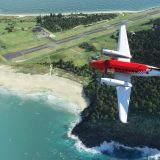

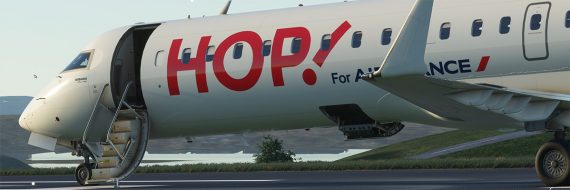

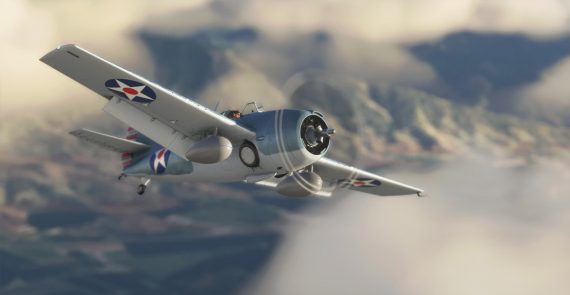










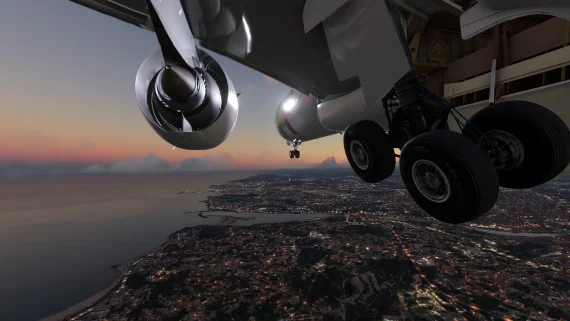
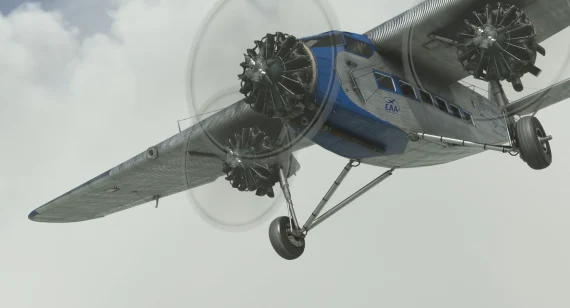


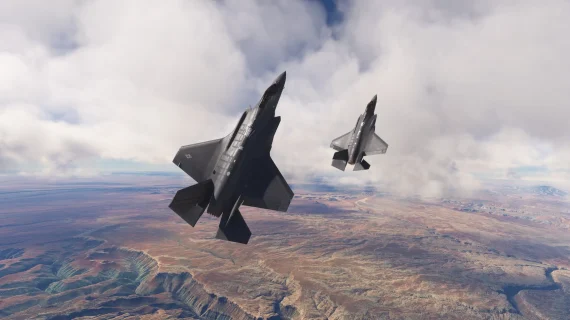

ISAAC GOREN
one of my favor jet of all time .I had the one from fsx ,flue great. can’t wait ,keep the good work.
David Williams
I have it for P3D V5 from RESTAURAVIA and it is a blast